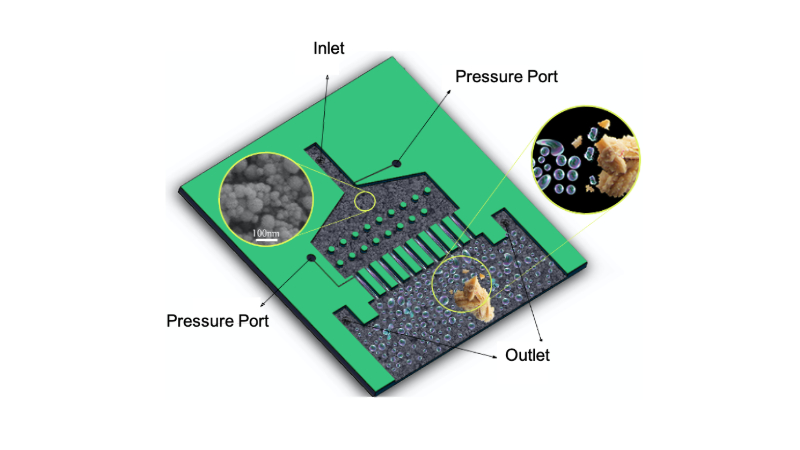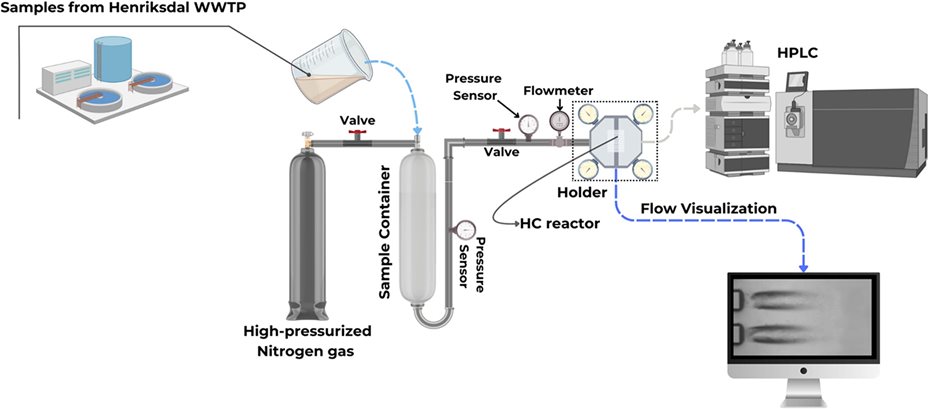So called ‘forever chemicals’ are a group of synthetic per- and poly-fluoroalkyl substances (PFAS) found in many everyday products such as waterproof clothing, pizza boxes, non-stick pans, and stain-resistant carpets. Their ‘nearly indestructible’ nature and ability to move quickly through the environment have made them a major environmental and health threat.
Researchers at Oxford Brookes University have developed an innovative approach that can destroy these ‘forever chemicals’, in a more efficient and sustainable way. This is achieved through a device called a hydrodynamic reactor that uses bubbles generated by changes in pressure to remove PFAS from contaminated water.
This international project was led by Oxford Brookes’ Newton Research Fellow Dr Morteza Ghorbani and Professor Iakovos Tzanakis together with colleagues based at Sabanci University (Turkey), Royal Institute of Technology (Kungliga Tekniska Högskolan- KTH, Sweden) and the Swedish Environmental Research Institute (IVL). The work was supported by the Science Academy’s Young Scientists Award Program (BAGEP), the Royal Society and the Scientific and Technological Research Council of Turkey Support Program (TUBITAK).
Professor Iakovos Tzanakis
Professor in Engineering Materials, University Research Impact Champion and Director of CAV-iT and MPM Group



